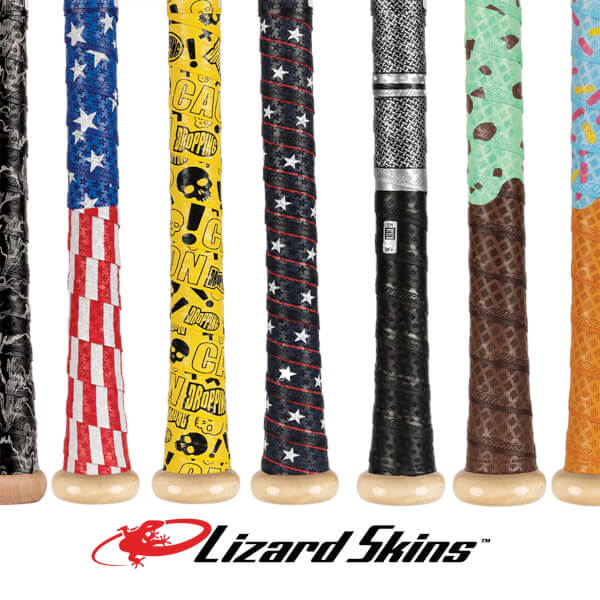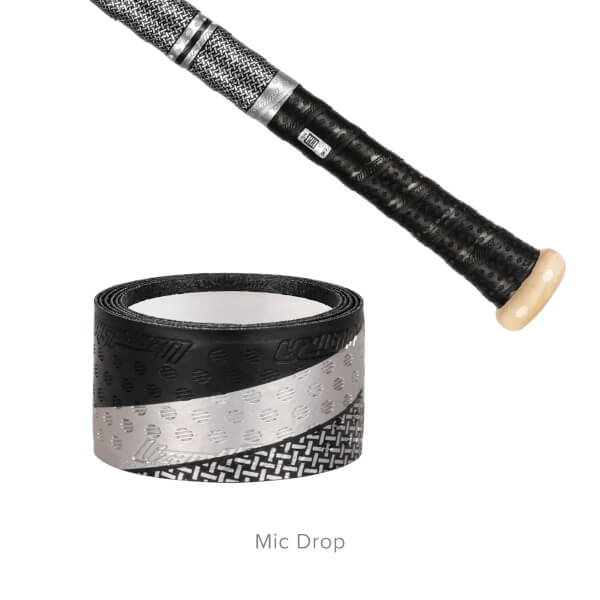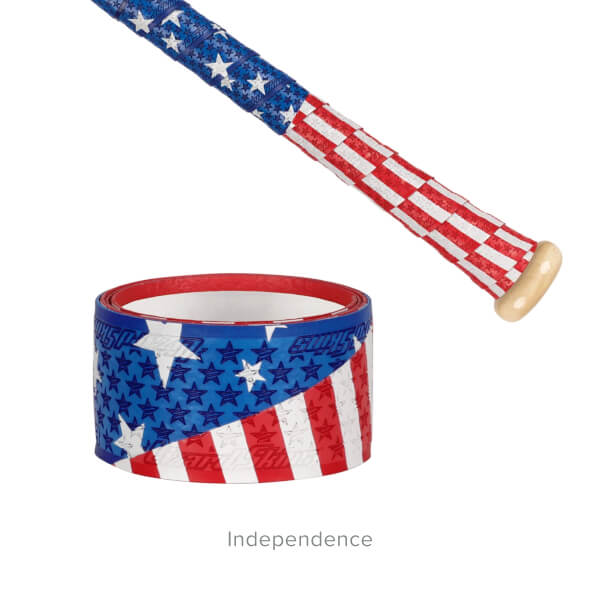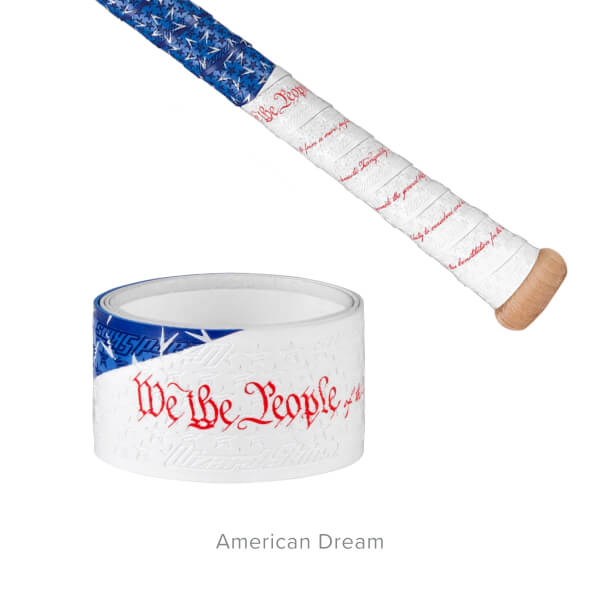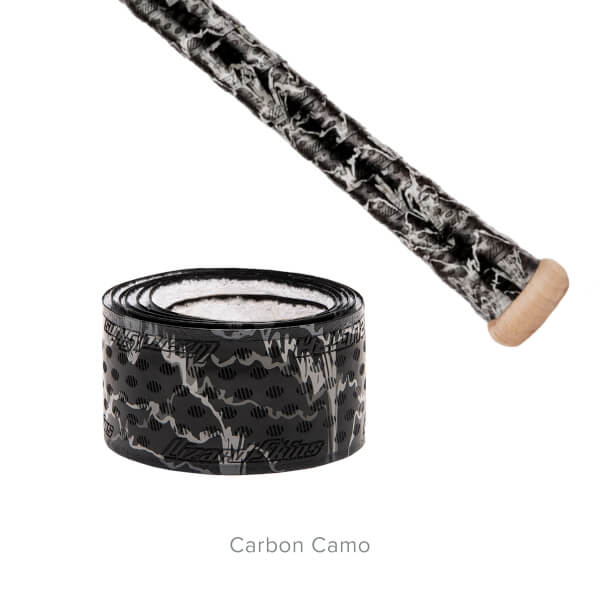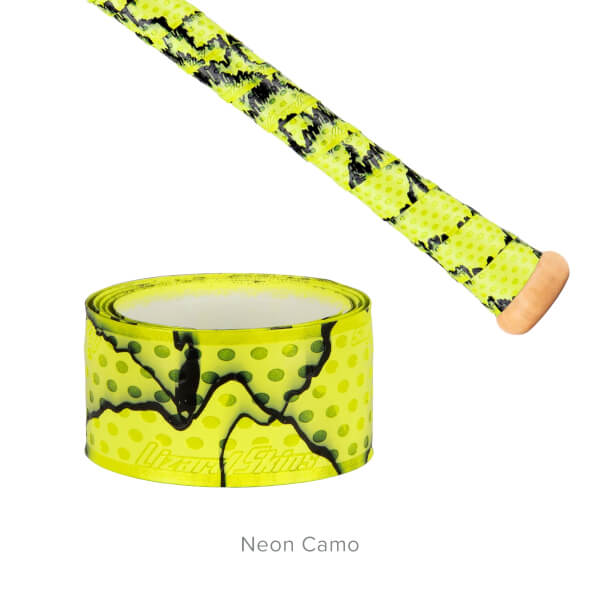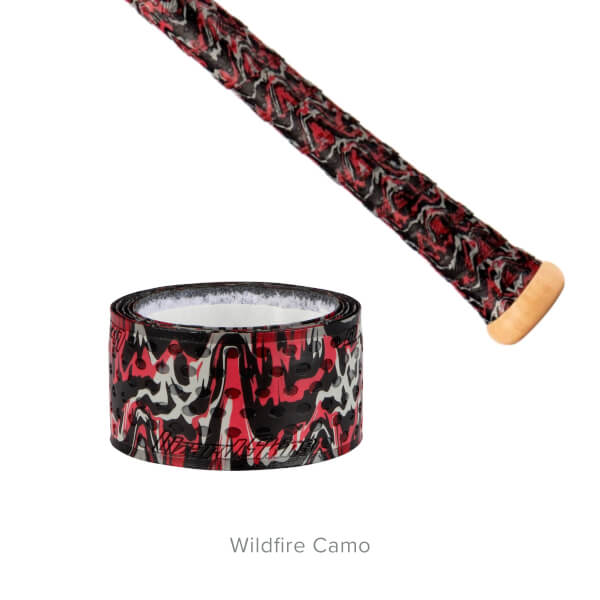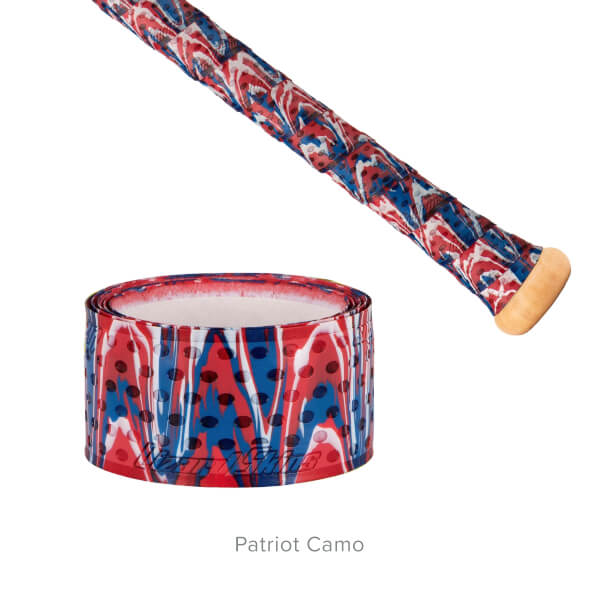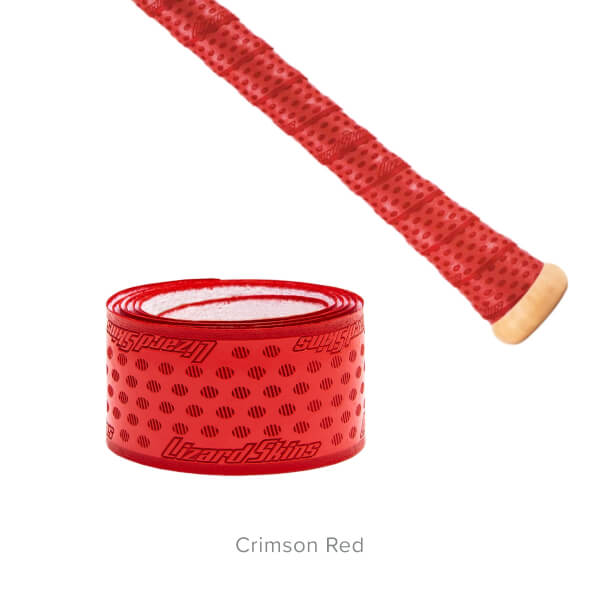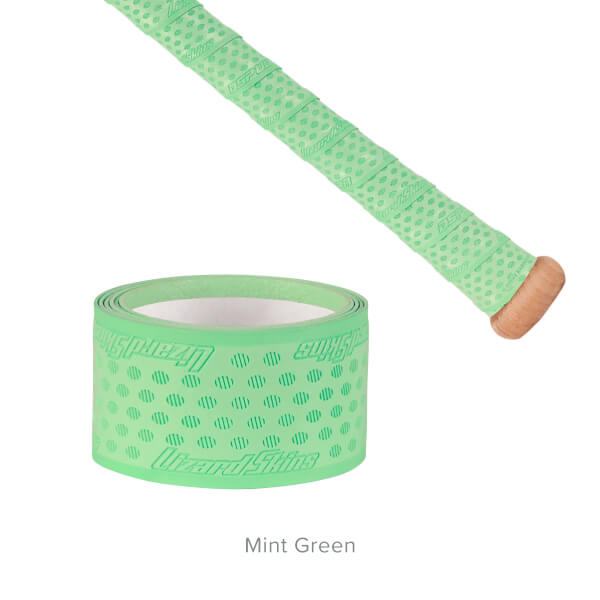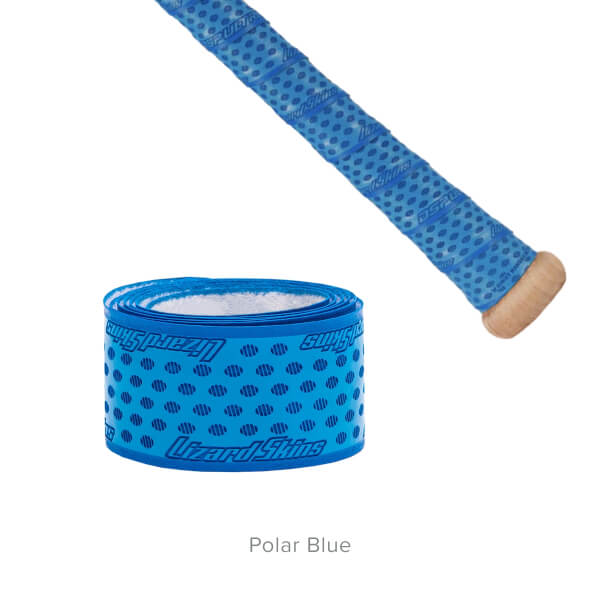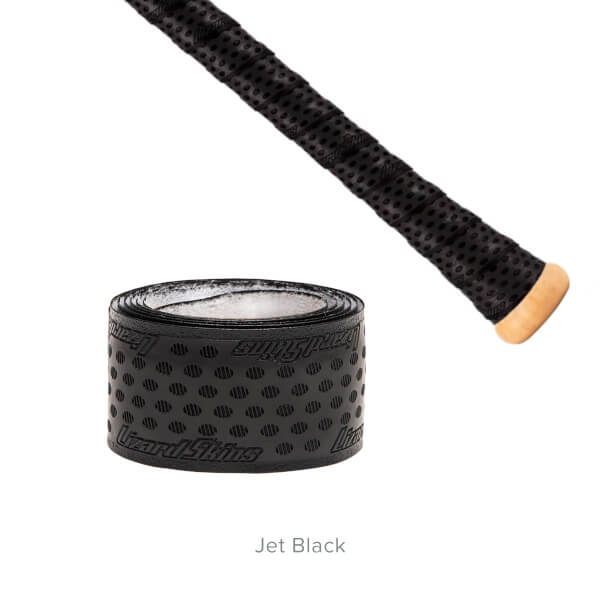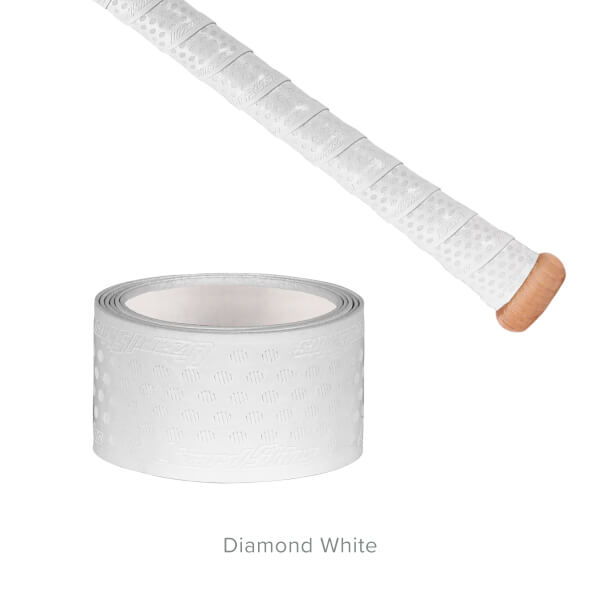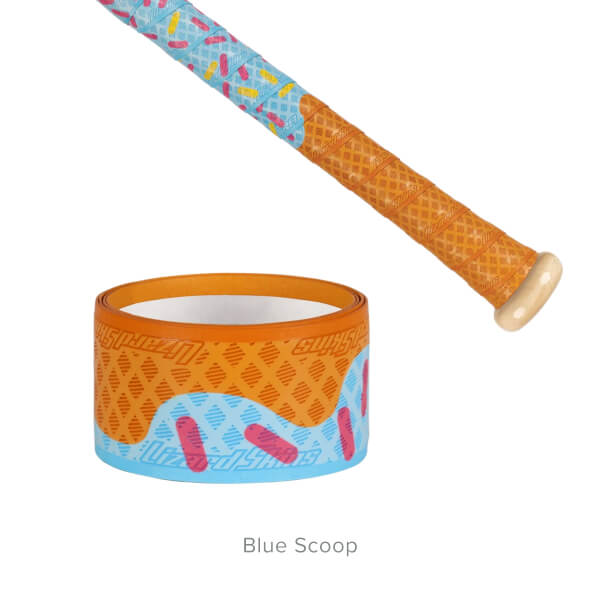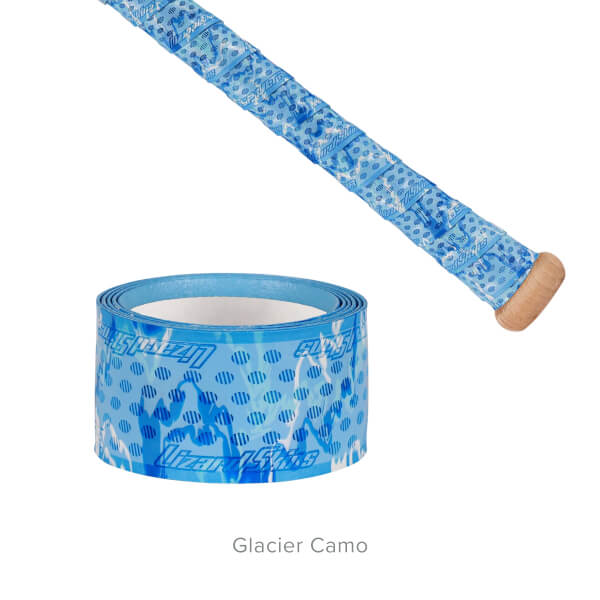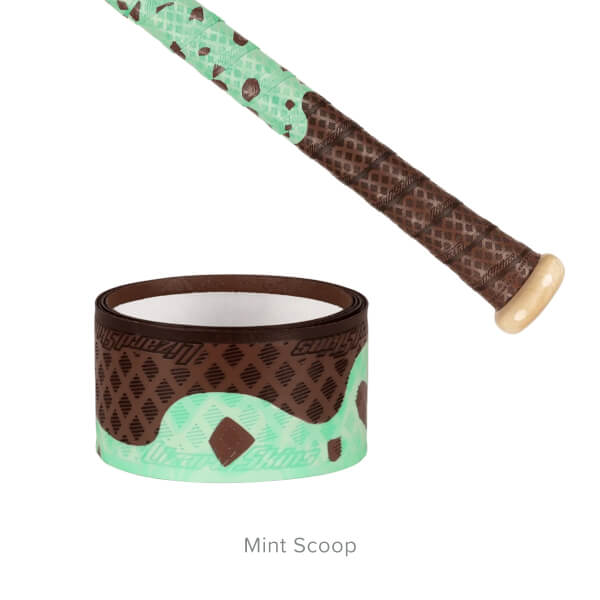DeMarini ONE OG ASA/USSSA Slow Pitch Softball Bat: DXONE
Features
Free Shipping!
13 Inch Barrel Length
2 1/4 Inch Barrel Diameter
Dish End Cap - Concave Design Drives Energy Back Toward the Sweet Spot
Full Twelve (12) Month Manufacturer's Warranty
Hybrid, Two-Piece Construction - Composite Barrel / Alloy Handle
RCK Knob - Perfectly Fits Bottom Hand for a Comfortable Grip
Ultra-Thin, .6 mm Grip
ZnX Alloy Handle - Stiffer Handle Creates Less Flex and Boosts Barrel Performance
Approved for Play in ASA, USSSA, NSA, and ISA
4.ONE Composite Barrel - Designed for Maximum Stiffness and Explosive Performance
Description
The DeMarini ONE OG ASA/USSSA: DXONE is backed by a Full Twelve (12) Month Manufacturer's Warranty and is Approved for Play in ASA, USSSA, NSA, and ISA. Pick up your own today with Fast, Free Shipping!
Reviews
Average Ratings Based on 2 Customer Reviews
Great Bat, just like previous years Kathy M player
Pros: The bat feels great and very similar to previous years. It now has the USSSA stamp so I can use it in my league. All the women on my team use this bat since it is lighter than the bats the men bring. It has a nice pop to it only after a few hits.
Cons: The graphics on the bat are weird but that is not an issue for its functionality.
Awesome Dirty player
Pros: Awesome bat, doesn't require a lot of power. Great feel, good Balance.
Cons: Everyone on the team uses this bat, even though there are several to choose from.
Questions and Answers
Have a question about the DeMarini ONE OG ASA/USSSA Slow Pitch Softball Bat: DXONE? Ask our team of experts and they will respond within 24 hours.
I'm looking for a bat comparable to my 30/34 DeMarini EVO DX composite. Best bat I have ever owned. Got last year's Juggy end-loaded and it wasn't as good. Nether was my 2 year old Flipper. Can't find another EVO. I'm looking for one as close to the EVO that I can get. Is the 2016 DeMarini ONE OG ASA/USSSA Slow Pitch Softball Bat: DXONE similar? Or can you recommend similar to my EVO (preferably in the DeMarini line but if not will consider other brands)? Must be ASA approved. steve
Why does this ONE OG not carry the ISF stamp (but does carry most other stamps)? Ghost Runner
Is this bat balanced or end-loaded? bat exploring
Will the harder .47 COR/375 Compression ball damage this bat? Neil
Whats the difference between the 2015 and the new 2016? Zac
is it a balanced bat? colton
Will this bat work in single wall leagues? FunSizedAlex
Is it really composite barrel / alloy handle or is this backwards? Mark Leone
Why did this bat get discontinued ? Zeus87
We use 40/325 Dudley balls in our league. How do you believe it will hold up with these balls? cstmx
Is this bat intended for .52 core 300 compression balls? csc
How many hits to break it? Mike
Is this bat similar to the 2013 "FuDawg the One" bat? Laura
About the Brand

In 1992, DeMarini Sports had something to celebrate. The three-year-old company had climbed a rung on the proverbial ladder of success, moving its world headquarters from a dirt-floored barn to a slightly larger metal shack. "It was a big move for us," recalled Ray DeMarini from the batting cage of DeMarini Sport’s present-day Bat Industrial Complex. "The new shop was larger, more storm resistant, and -best of all- it had a heater."
In the early days, DeMarini Sports hardly made a blip on the radar screen of softball. With no retailers and virtually no advertising budget, DeMarini grew steadily by selling high-performance bats directly to customers. While established companies made "juiced" bats for the pros and ordinary bats for the public, DeMarini focused on making one line of high-performance bats for pros and amateurs alike. This approach, combined with a passion for the sport, led to the greatest innovation in softball history - the world’s first multi-wall bat: the DeMarini Doublewall.
Released in 1993, the DeMarini Doublewall was the world’s first multi-wall bat. Like a modern golf driver or oversized tennis racket, the Doublewall had a giant "sweetspot," which allowed average players to hit like pros. DeMarini’s sales exploded, and before long opposing bat manufacturers to notice. DeMarini - a homegrown company led by a softball fanatic - had shaken the establishment silly.
To understand the rise of the DeMarini Dynasty, you need to know Ray DeMarini. A cult hero among avid players, Ray DeMarini emerged on the professional softball scene at the age of 40, a veritable geriatric among younger players. With a scientific approach to training, a batting speed of 96 miles-per-hour and a bombastic attitude, DeMarini fast earned a reputation as a savage competitor.
In June of 1987, ESPN launched a nationwide search for a hardcore player to advise on a series of instructional softball videos. When approached by producer Erich Lytle, the biggest boys in softball repeatedly spoke of a five-foot-seven softball giant—Ray DeMarini. DeMarini had mastered reflex hitting, a technique that drops the ball squarely between the infield and outfield. Impressed with DeMarini's knowledge and scientific approach to training, Lytle not only hired Ray as an advisor—he hired him as the host. Together, they produced Ray DeMarini's Reflex Hitting System, ESPN's most successful home video to date.
Having garnered national recognition through ESPN, Ray turned his efforts toward designing a high-performance bat for the masses. To accomplish this, he needed an engineer. "Not just an engineer," he said, "but a boot-strapping rocket scientist who could build an empire with pocket change." Ray's call was answered by Mike Eggiman. Having grown up on a farm, Eggiman was adept at making the most of a situation. Case in point: the company's first piece of automated bat-making equipment had the heart of an abandoned washing machine.
With Eggiman as Chief Engineer, DeMarini Sports delivered a series of industry firsts: the first multi-wall bat (Doublewall Distance), the first high-performance bat for massive players (Fatboy) and the first high-performance youth bat (Black Coyote).
In 2000, DeMarini joined forces with Wilson Sporting Goods to develop the next generation of hitting technology. Ray believed it was a perfect fit, as both companies shared a vision of developing game-enhancing equipment for avid players. What’s more, the companies had complimentary products: Wilson was the leader in gloves, balls and protective gear, while DeMarini made the world’s finest bats. According to Chris Considine, Vice President/General Manager of Wilson Sporting Goods: "The thing that struck me most about DeMarini was their passion for sports and their true competitiveness.
Within a year, DeMarini unveiled the industry’s first concept bat, the $35,000 F1. Secured under lock and key at the DeMarini Bat Industrial Complex in Hillsboro, Oregon, the F1 served as a technological storehouse for future products, including DeMarini’s landmark Half & Half system.
In December 2001, 12 years after the genesis of DeMarini Sports, Ray DeMarini died of cancer in his Northwest Portland home. He was 55. The next summer, the Portland Metro Softball Association paid homage to the “King of Softball” with the dedication of Ray DeMarini Field. Formerly known as Delta #1, the field was DeMarini’s favorite place to test bats during the early days of business. Ray DeMarini—bat maker and player extraordinaire—was remembered for his high-performance softball bats and unwavering encouragement of everyday players. Today, a 40-foot sign announcing RAY DEMARINI FIELD graces the outfield, and an interpretive display chronicling Ray’s life greets players as they register for games.
More "Insane Dedication to Performance" is in store for tomorrow.
Bat Properties
| Approved For | ASA ISA NSA USSSA |
|---|---|
| Barrel Diameter | 2 1/4 |
| Bat Type | Softball |
| Deals | Bundle and Save |
| Material | Half and Half |
| Softball Bats | Slow Pitch |
| Vendor | DeMarini |
Related Products
Need Help Finding a Bat?
We know that buying a bat might not be easy, but we are here to help!




















